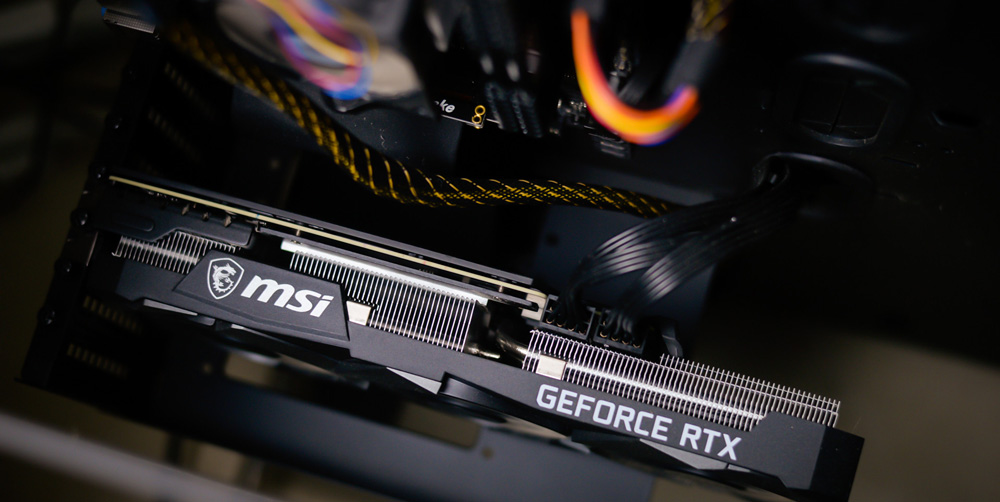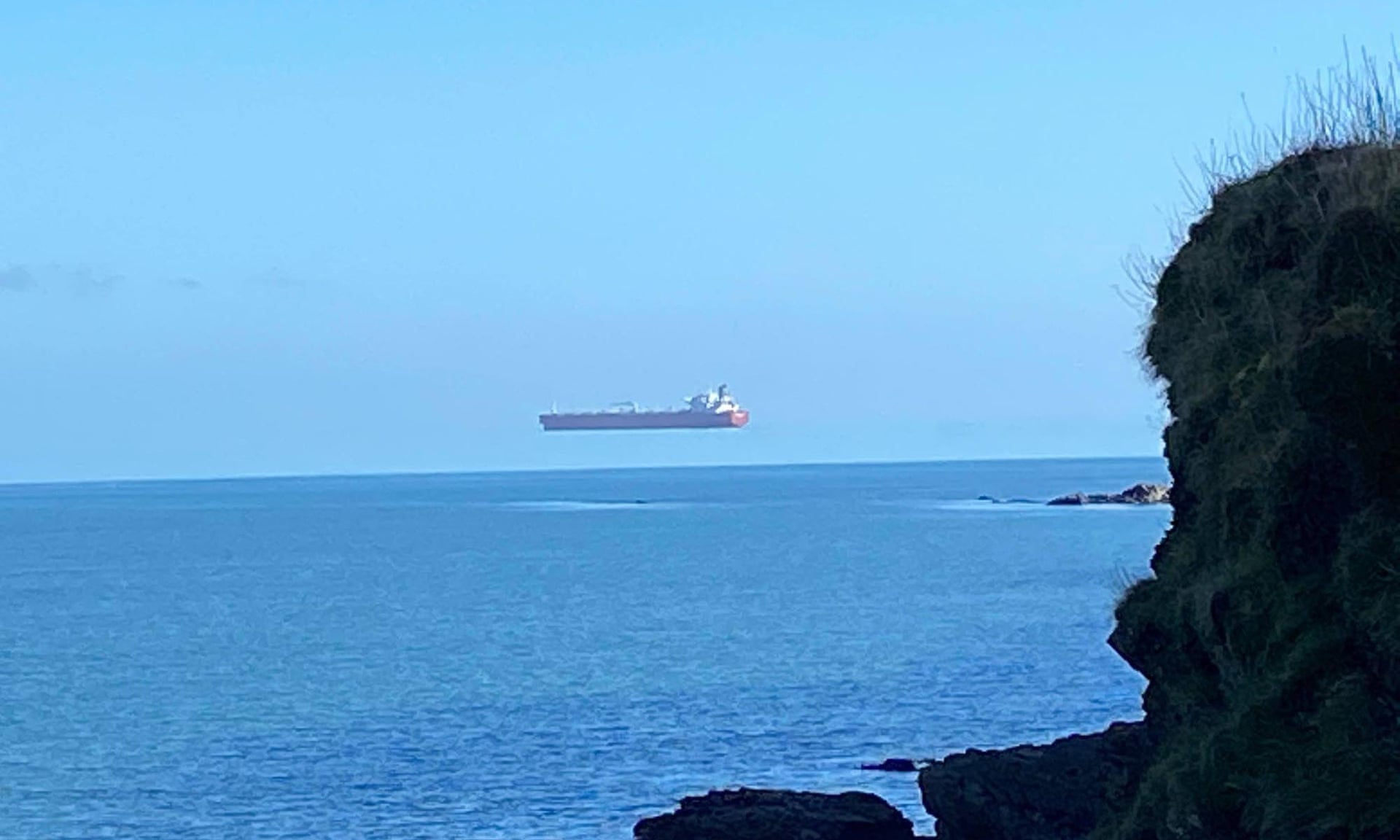Paleontologists from the Perot Museum of Nature and Science in Dallas recently unearthed the fossils of a mosasaur, a 30-foot marine lizard that existed around 80 million years ago, according to a report from the Dallas Morning News.
Starting in mid-July, scientists excavated parts of the mosasaur's skull, lower jawbones and several vertebrae from its spine near the fossil-rich North Sulphur River in North Texas. Stephen Kruse, an amateur enthusiast, told the Dallas Morning News that he first came across a piece of the creature's spine as he hiked near the river.
"When I turned this corner, he was just sitting there, coming right out of the wall," Kruse said.
It's not the first time mosasaur bones have been discovered near the North Sulphur River. Ron Tykoski, the Perot Museum's director of paleontology and curator of vertebrae paleontology, told the Morning News that during the mosasaur's time, most of Central Texas was underwater.
The mosasaur, which Tykoski described as the great white shark or killer whale of prehistoric times, was a top marine predator that fed on turtles, sharks and even other mosasaurs. "Imagine a 30-foot swimming point-nosed Komodo dragon with flippers and a forked tail," Tykoski told the Morning News.

Illustration of a mosasaur swimming underwater. A top marine predator, mosasurs fed on turtles, sharks and even other mosasaurs
ROGER HARRIS/SCIENCE PHOTO LIBRA/Getty Images/Science Photo LibraIn order to remove the fossilized bones from the creek bed's claylike rock, Tykoski and his team used picks and shovels, as well as finer tools like probes and paintbrushes to remove remaining pieces of rock. They also shot glue made of plastic and acetone into the bone cracks to prevent the fossils from breaking apart. The entire process took about six days, the Morning News reported.
The Paleo Lab team made great progress on the Ovilla #mosasaur block over the past week. Quite a mix of vertebrae, ribs, limb, and shoulder bones so far. Starting to look nice! From the Austin Chalk, just south of Dallas. #FossilFriday #paleontology #fossils @PerotMuseum pic.twitter.com/Tf4NyCohWr
— Ron Tykoski (@Paleo_Tykoski) July 15, 2022"It's like a puzzle: The whole time you're working, you never know where it's going to lead," Dory Contreras, a curator of paleobotany at the Perot Museum, told the Morning News. "And so, as you dig further back, you discover more, you find more."
The fossils are currently housed at the Perot Museum's collection facility as scientists continue to work on removing remaining rock from the fossils and prepare to study and compare them to other previously found mosasaur skeletons. The team plans to return to the creek bed site in the fall to finish excavating the rest of the lizard, per the Morning News.

















 English (United States) ·
English (United States) ·